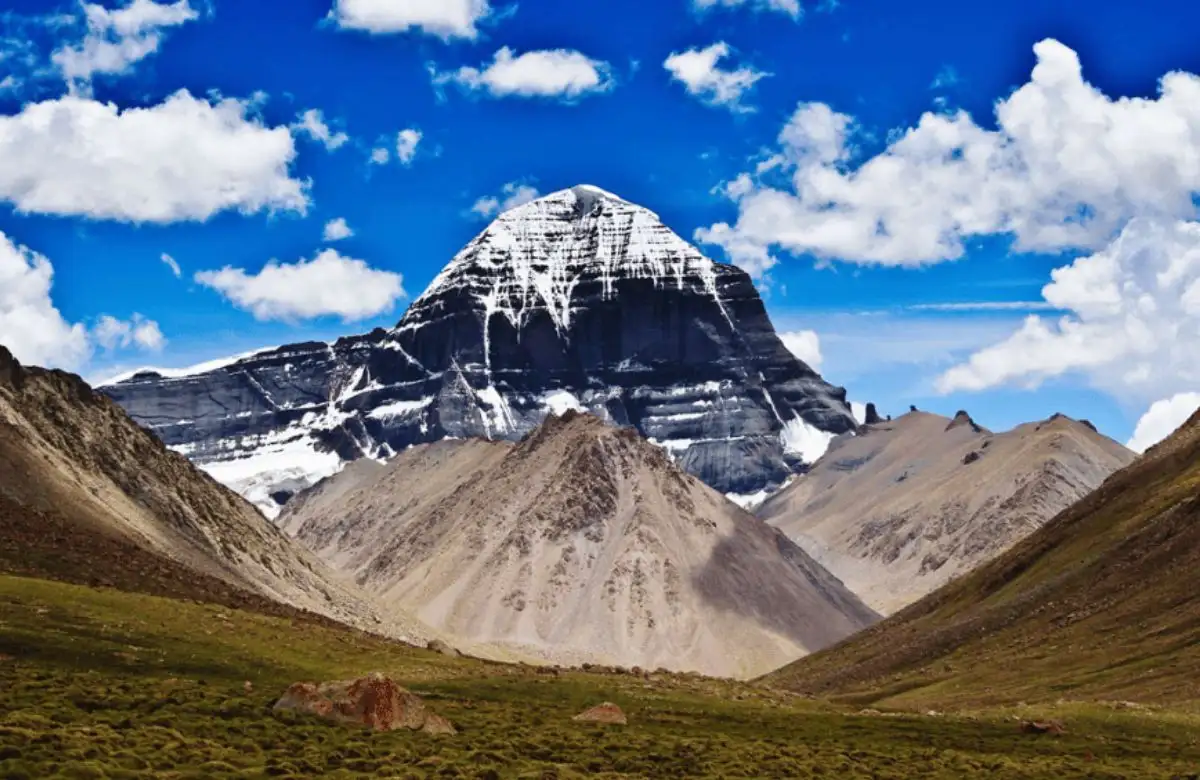Why is Mount Kailash Unclimbable?

Get in touch with our Staff members and get discounted offers for your trip.


Mount Kailash, a 6,638-meter peak in the remote Trans-Himalayas, is one of the most revered yet unclimbed mountains in the world. Located in Tibet, the mountain holds deep spiritual significance for multiple religions—Hinduism, Buddhism, Jainism, and Bon. Its distinct pyramid shape, isolated location, and sacred status have kept climbers at bay. Below, we explore why this sacred mountain remains unclimbed, while answering key questions surrounding its mystique.
Despite its allure, no one has successfully climbed Mount Kailash. The peak remains untouched by modern mountaineers, a rarity in a world where most of the tallest mountains, including Everest and K2, have seen multiple ascents. Although mountaineering feats have become more frequent with improved technology and training, Kailash stands alone due to spiritual reverence, cultural taboos, and various governmental restrictions that have kept adventurers from attempting to scale its slopes.
In ancient Tibetan texts, Milarepa, a famous Buddhist sage, is said to have ascended Mount Kailash after a spiritual contest with his Bon counterpart, Naro Bon-Chung. However, this ascent is considered symbolic and metaphysical rather than a physical climb. Stories like these further elevate the sacred status of Kailash, discouraging climbers from treating it as just another peak to conquer.
While attempts have been made to climb Mount Kailash, no expedition has ever reached the summit. The main reason behind this lies in spiritual reverence and local customs. Both local Tibetan Buddhists and international pilgrims believe that setting foot on the mountain's peak would disturb its sanctity. In fact, many consider the entire mountain to be the abode of Lord Shiva (in Hinduism) or Demchok, a wrathful deity in Tibetan Buddhism. Climbing the mountain would therefore be seen as desecrating the sacred site.
In the 1980s, famed Italian climber Reinhold Messner, one of the greatest mountaineers in history, sought permission to scale Mount Kailash. However, after serious contemplation and understanding the religious significance of the peak, he ultimately declined. Messner has since supported keeping the mountain unclimbed, recognizing it as a place of deep reverence.
Additionally, in 2001, a group of Spanish climbers received permission from the Chinese government to attempt the summit. However, due to strong protests from Tibetans and Buddhists worldwide, the expedition was canceled before it could begin. This decision reinforced the belief that Mount Kailash is inviolate, meant to remain beyond human conquest.
Milarepa, a Tibetan saint, is celebrated in Tibetan Buddhism as a great yogi and poet who lived a life of asceticism after overcoming a dark past of practicing black magic. His spiritual journey is often linked to Mount Kailash in Tibetan mythology. According to legend, Milarepa ascended the mountain after defeating his Bon rival, Naro Bon-Chung, in a mystical competition of supernatural powers. This contest was not about physical climbing but about the ability to reach the mountain’s peak through spiritual mastery.
Milarepa’s ascent symbolizes the triumph of Buddhism over Bon, the indigenous religion of Tibet, and highlights the idea that Mount Kailash can only be 'climbed' through spiritual, not physical, means. After his symbolic victory, Milarepa is said to have meditated in caves near the mountain, rather than attempting to reach its summit again. His story reinforces the belief that Mount Kailash is beyond the grasp of ordinary human endeavor, further protecting the peak from climbing attempts.
Beyond the cultural and spiritual reasons, there are practical and environmental challenges that make Mount Kailash extremely difficult to climb. The mountain’s location in the isolated western region of Tibet makes access a logistical challenge. Its steep, smooth faces and unstable weather conditions add to the difficulty. Moreover, its relatively low height, compared to peaks like Everest, does not attract the same level of international interest for mountaineering expeditions.
However, the primary reason that Mount Kailash remains unclimbed is its sacred status. Both the Indian and Chinese governments have largely respected this reverence, and climbers themselves have been reluctant to undertake a journey that could be viewed as sacrilegious.
Mount Kailash holds a unique position in the world of mountains. It is unclimbable not due to insurmountable physical obstacles, but because it represents something far greater than a mountaineering challenge. For Hindus, it is the home of Lord Shiva; for Buddhists, it represents the axis mundi, or the center of the universe. Jain and Bon traditions also view it as a spiritual center. In a world where human ambition seeks to conquer the highest peaks, Mount Kailash serves as a reminder that some places are best left untouched. Its unclimbable status preserves its sanctity, ensuring that its spiritual power remains undisturbed for generations to come.